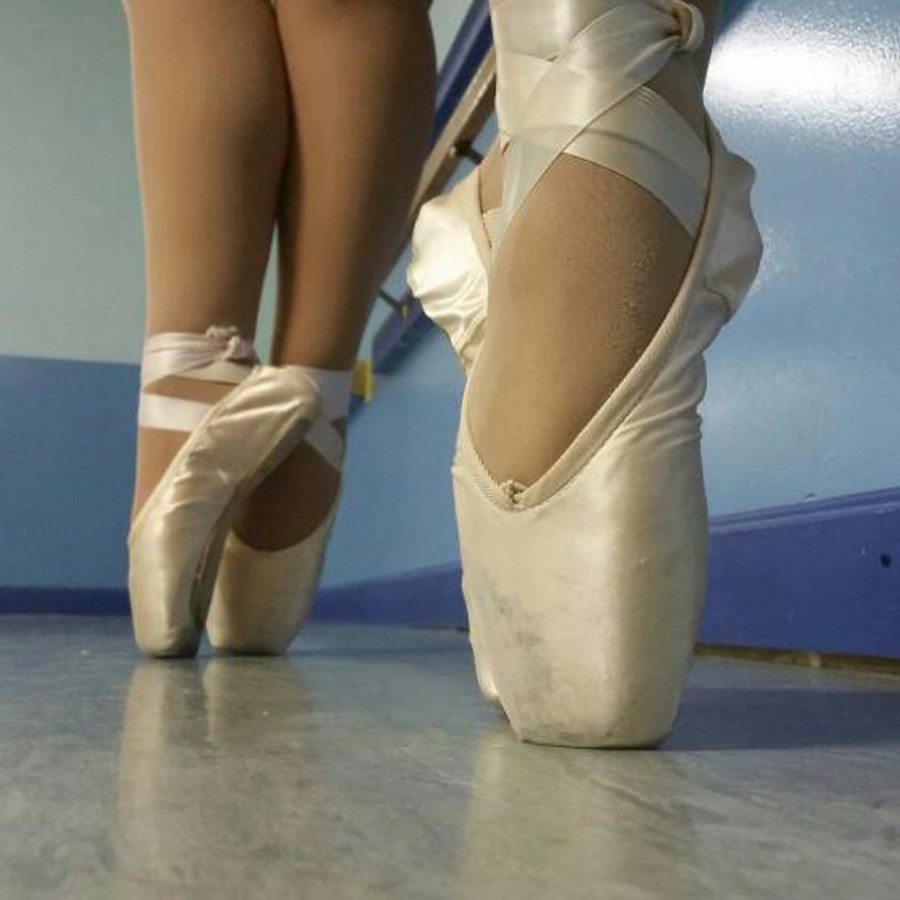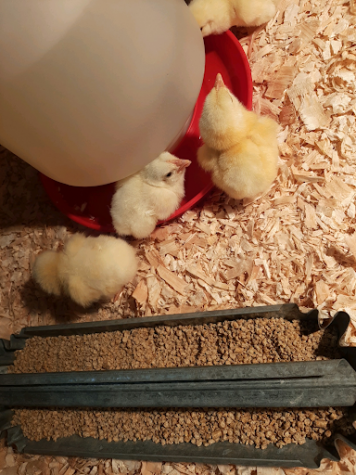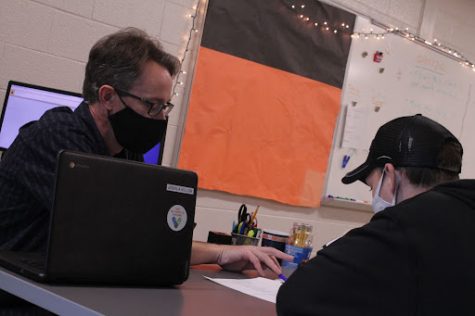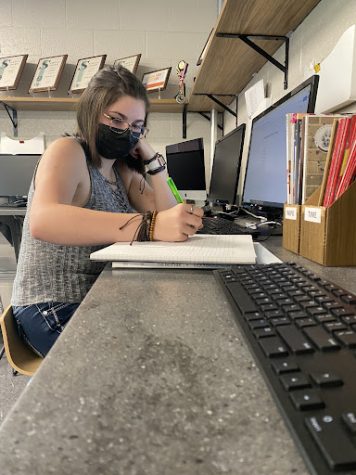Pointe ballet: Grace takes hard work
When many people hear the word “sport,” they do not think of bruised toes, sore muscles, and bunions, they do not see the hours of practice that are put in, they do not know how badly it hurts and they do not understand the satisfaction of performing for an audience.
When people hear “sport,” they do not think of pointe ballet.
Pointe ballet is an advanced technique of ballet in which a dancer gracefully supports his or her full body weight on the tips of their toes.
With the studio hidden in the corner of a parking lot, some would not suspect that this exquisite form of ballet is taught in Stockbridge.
“I want people to know pointe ballet dancing isn’t as easy as it looks,” junior and student of pointe ballet Autumn Shingledecker said. “It takes extreme muscle control, flexibility, leg strength and the ability to put all your weight on the tip of your toes and to smile through the pain for the sake of your audience.”
Along with Shingledecker, senior Callie Belt practices pointe. Belt has been a dancer since she was 3-years-old, but picked up pointe in her freshman year.
“Pointe dancing is definitely underrated because people see the beauty of it, but not the pain and hours of practice that come with it as well,” Callie Belt said.
Despite being beautiful, the price of practicing pointe can be painful.
According to ballet instructor Christine Landis, injuries can happen from something as simple as a misstep or incorrect landing.
Injuries can vary in seriousness. A common injury dancers experience is lateral ankle sprain caused by improperly landing a leap or jump.
Dancers may also experience more dangerous injuries such as snapping hip, an injury that results in the hip feeling ‘out of place,’ bulging lumbar discs from repetitive twisting lifting, and stress fractures.
“Dancing is a way to express myself where I can’t anywhere else. It isn’t just a physical sport, but a mental sport. It takes dedication,” Belt said.
This technique takes multiple years of ballet to achieve, and some, even after years, are not able to dance en pointe.
“Pointe is demanding,” Landis said. “Pointe technique teaches dancers how to care for themselves and expands their confidence by teaching them how to deal with rejection. Pointe technique teaches dancers that hard work pays off.”
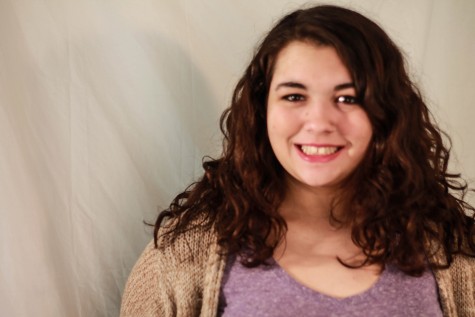
Cassidy is in the 12th grade and a Senior Reporter on staff. She likes photography, to sleep, dance, listen to music, and go on adventures.

Cassidy is in the 12th grade and a Senior Reporter on staff. She likes photography, to sleep, dance, listen to music, and go on adventures.



